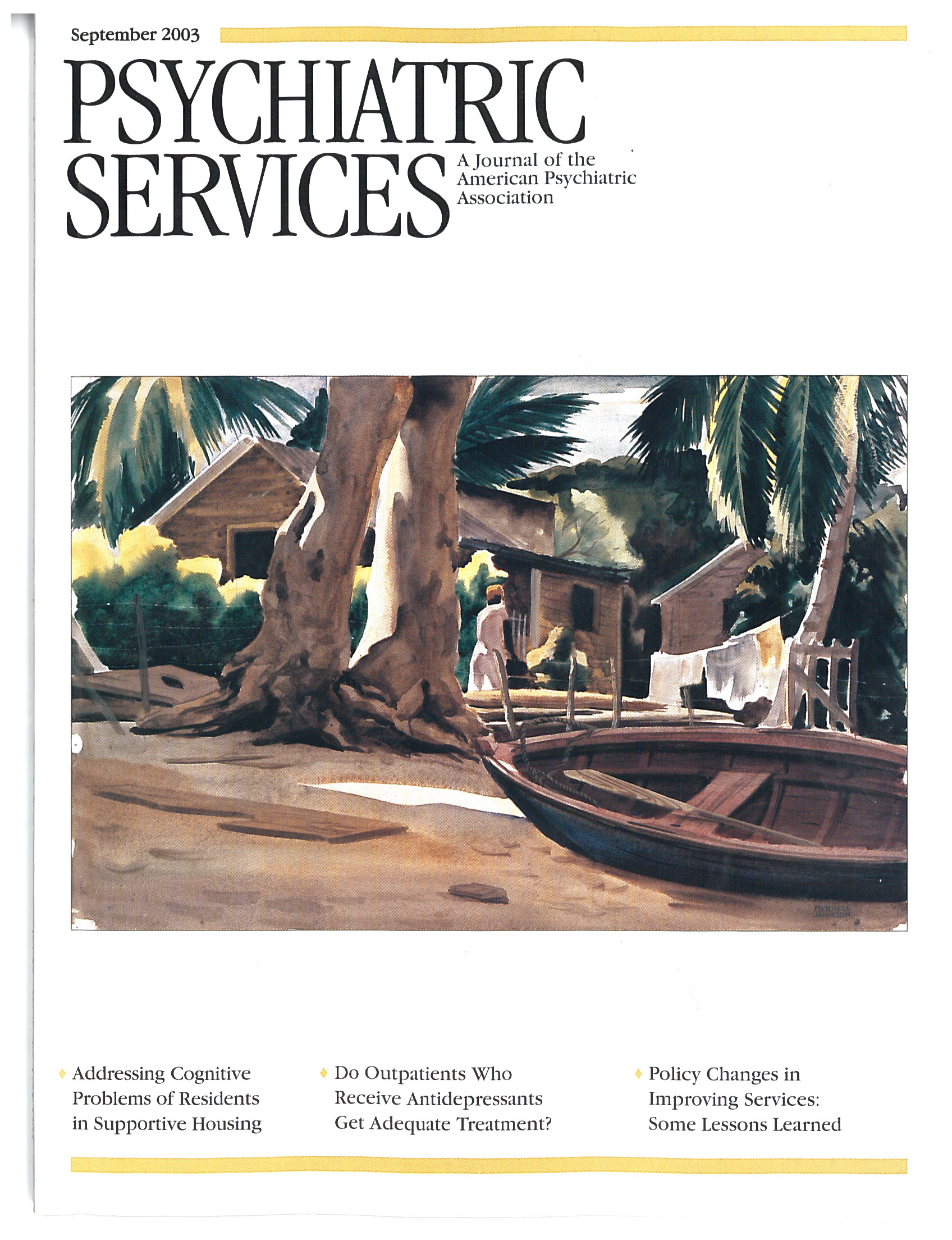Cost of Care for Medicaid Recipients With Serious Mental Illness and HIV Infection or AIDS
Abstract
OBJECTIVE: To assist in developing public policy about the feasibility of HIV prevention in community mental health settings, the cost of care was estimated for four groups of adults who were eligible to receive Medicaid: persons with serious mental illness and HIV infection or AIDS, persons with serious mental illness only, persons with HIV infection or AIDS only, and a control group without serious mental illness, HIV infection, or AIDS. METHODS: Claims records for adult participants in Medicaid fee-for-service systems in Philadelphia during 1996 (N=60,503) were used to identify diagnostic groups and to construct estimates of reimbursement costs by type of service for the year. The estimates included all outpatient and inpatient treatment costs per year per person and excluded pharmacy costs and the cost of nursing home care. Persons with severe mental illness, HIV infection, or AIDS had received those diagnoses between 1985 and 1996. RESULTS: Persons with comorbid serious mental illness and HIV infection or AIDS had the highest annual medical and behavioral health treatment expenditures (about $13,800 per person), followed by persons with HIV infection or AIDS only (annual expenditures of about $7,400 per person). Annual expenditures for persons with serious mental illness only were about $5,800 per person. The control group without serious mental illness, HIV infection, or AIDS had annual expenditures of about $1,800 per person. CONCLUSIONS: Given the high cost of treating persons with comorbid serious mental illness and HIV infection or AIDS, the integration of HIV prevention into ongoing case management for persons with serious mental illness who are at risk of infection may prove to be a cost-effective intervention strategy.



